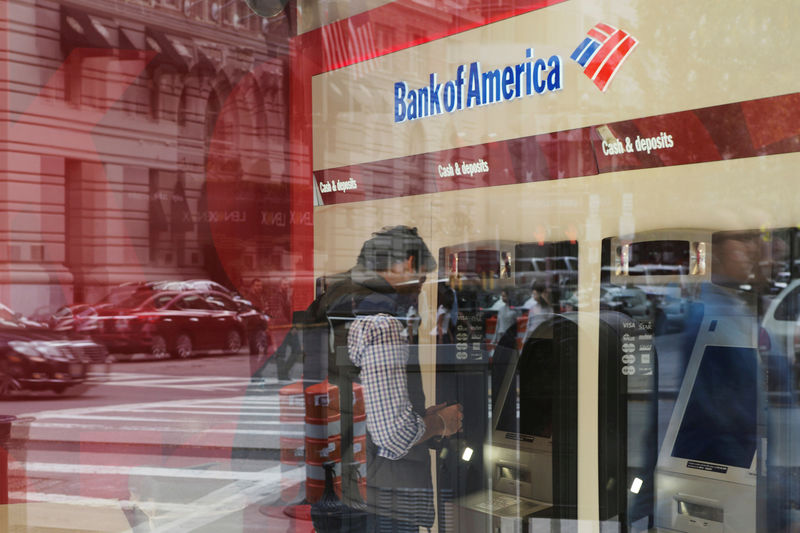NEW YORK - Bank of America (NYSE:BAC) is at the forefront of a list of banks experiencing high volumes of customer searches related to account closures, according to recent data. The institution has seen an average of 17,510 monthly searches for closing accounts, which suggests a significant level of dissatisfaction among its clients.
The data, provided by Ahrefs, a leader in SEO analytics, was analyzed by Invezz.com researchers who compiled a list of banks where customers are showing a marked interest in ending their banking relationships. Following Bank of America, JP Morgan Chase (NYSE:JPM) and TD Bank are the next most searched banks, with 3,710 and 3,300 average monthly searches for account closures, respectively.
These figures highlight a disconnect between the services offered by these banks and the evolving expectations of their customers. Issues such as high fees, perceived poor customer service, lack of transparency, and outdated technology are potential factors contributing to the discontent leading clients to consider other financial institutions.
PNC Bank and Citizens Bank also appear on the list, with 2,120 and 1,860 average monthly searches, respectively. The search data indicates a trend of customer churn, which may be influenced by the rise of digital banking alternatives and a desire for more personalized service.
James Knight, Editor of Education at Invezz, commented on the findings, stating, "The significant number of monthly searches for 'close account' underscores a broader trend of dissatisfaction among customers of various banks across the United States." He added that for banks to succeed in the future, addressing these concerns and focusing on customer satisfaction will be crucial.
The insights from this data reflect a challenge for traditional banks to adapt to changing consumer needs and preferences in a competitive financial landscape. As customers become more willing to explore alternatives, banks may need to reassess their strategies to retain their client base.
InvestingPro Insights
While Bank of America (BAC) is grappling with signs of customer discontent as evidenced by the surge in account closure searches, its financial health, as per InvestingPro data, paints a more stable picture of the institution. As of the last twelve months of Q4 2023, Bank of America boasts a substantial market capitalization of $283.91 billion and maintains a Price/Earnings (P/E) ratio of 11.45, indicating that investors may find the stock reasonably valued in relation to its earnings.
The bank's commitment to shareholder returns is evident through its consistent dividend payments, which have been maintained for 54 consecutive years, and its dividend yield stands at a respectable 2.56%. This could be a reassuring factor for investors concerned about the bank's ability to generate value amidst customer dissatisfaction. Furthermore, an InvestingPro Tip highlights that Bank of America has raised its dividend for 10 consecutive years, demonstrating a track record of returning capital to shareholders even as it navigates the current banking environment.
On the performance front, the bank has experienced a strong return over the last three months, with a 15.13% price total return, complemented by a large price uptick of 41.51% over the last six months. This robust price performance is a testament to the bank's resilience and may contrast with the narrative of customer dissatisfaction. Additionally, InvestingPro Tips reveal that analysts have revised their earnings upwards for the upcoming period, which could signal confidence in the bank's future profitability.
For readers looking to delve deeper into Bank of America's financials and strategic positioning, InvestingPro offers additional insights and metrics. With the use of coupon code PRONEWS24, readers can receive an extra 10% off a yearly or biyearly Pro and Pro+ subscription, gaining access to more than six additional InvestingPro Tips that can help inform investment decisions. Visit https://www.investing.com/pro/BAC to explore the comprehensive analysis provided by InvestingPro.
This article was generated with the support of AI and reviewed by an editor. For more information see our T&C.
